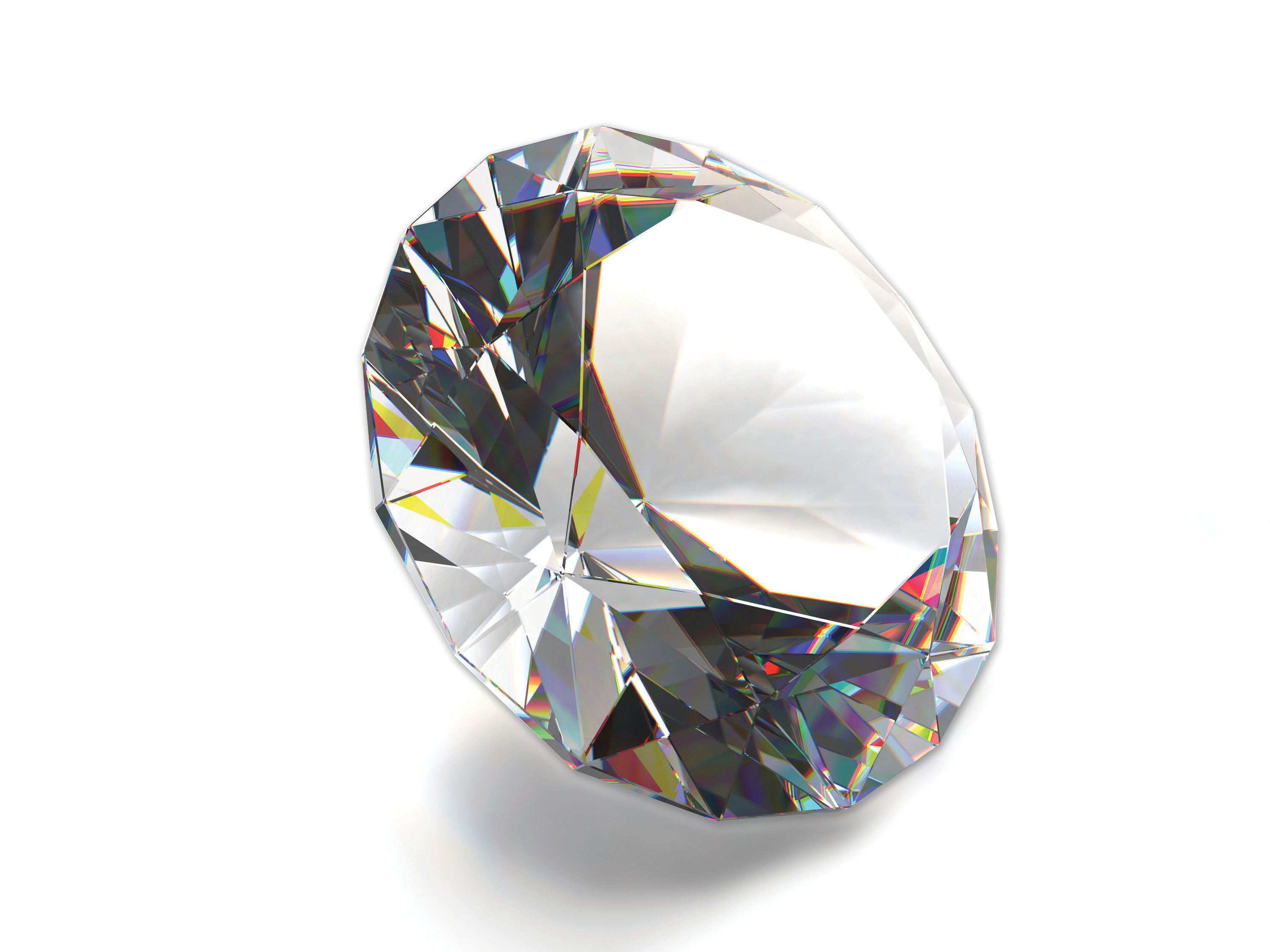This is “Chemical Bonds”, chapter 9 from the book Beginning Chemistry (v. 1.0). For details on it (including licensing), click here.
For more information on the source of this book, or why it is available for free, please see the project's home page. You can browse or download additional books there. To download a .zip file containing this book to use offline, simply click here.
Chapter 9 Chemical Bonds
Opening Essay
Diamond is the hardest natural material known on Earth. Yet diamond is just pure carbon. What is special about this element that makes diamond so hard?
Bonds. Chemical bonds.
In a perfect diamond crystal, each C atom makes four connections—bonds—to four other C atoms in a three-dimensional matrix. Four is the greatest number of bonds that is commonly made by atoms, so C atoms maximize their interactions with other atoms. This three-dimensional array of connections extends throughout the diamond crystal, making it essentially one large molecule. Breaking a diamond means breaking every bond at once.
Also, the bonds are moderately strong. There are stronger interactions known, but the carbon-carbon connection is fairly strong itself. Not only does a person have to break many connections at once, but also the bonds are strong connections from the start.
There are other substances that have similar bonding arrangements as diamond does. Silicon dioxide and boron nitride have some similarities, but neither of them comes close to the ultimate hardness of diamond.

Diamond is the hardest known natural substance and is composed solely of the element carbon.
© Thinkstock
How do atoms make compounds? Typically they join together in such a way that they lose their identities as elements and adopt a new identity as a compound. These joins are called chemical bonds. But how do atoms join together? Ultimately, it all comes down to electrons. Before we discuss how electrons interact, we need to introduce a tool to simply illustrate electrons in an atom.




